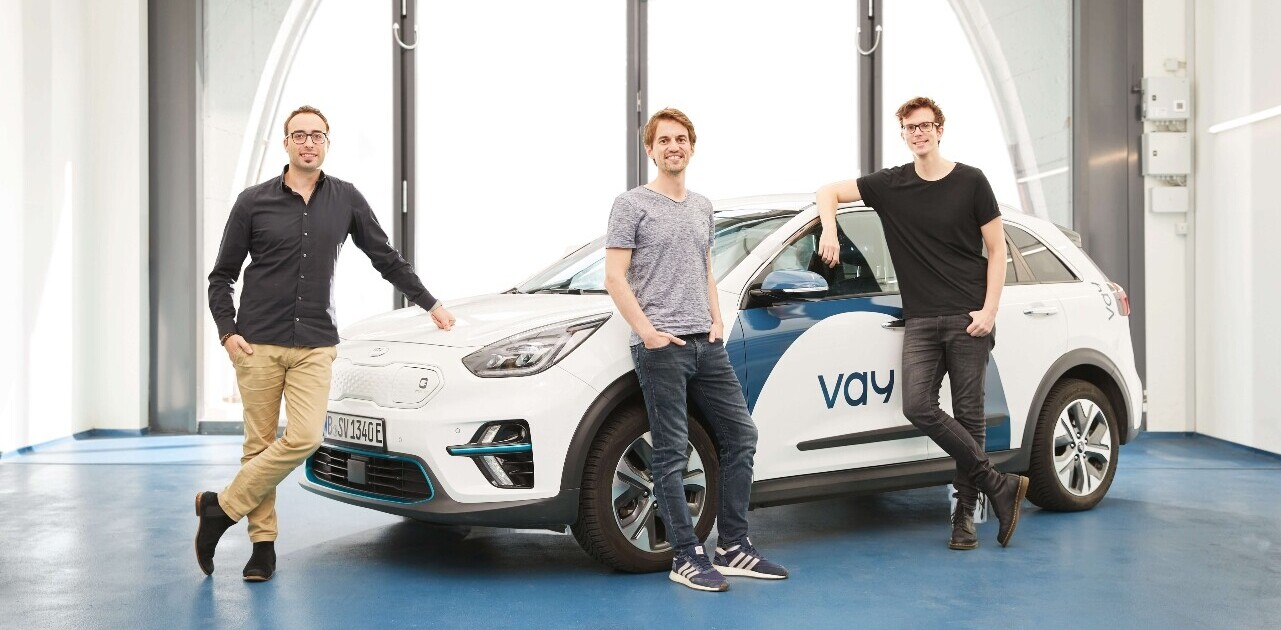The COVID-19 pandemic has shown the world how quickly life can go from normal to chaos. Many are aching to return to a state of normalcy, but being forced to face one existential threat has a way of illuminating the very real dangers of humanity’s primary existential threat — climate change.
Those who know that returning to old ways is not an option are using this pandemic as an opportunity to press the reset button. Businesses and individuals alike are reflecting on their actions and thinking about how to implement changes. As one of the major contributors of greenhouse gas emissions, it’s time for the auto industry to put the pedal to the metal and work towards real change, not just shallow benchmarks.
During the peak of the coronavirus lockdowns, one positive thing gracing news headlines was the drastic drop in air pollution as streets were clear of cars. Clear skies abounded in traditionally choked cities, from Los Angeles to New Delhi to Jakarta.
And much of this comes from vehicles. In the United States, transportation is one of the largest contributors of greenhouse gas emissions, making up 28% of US emissions in 2018. Electricity production came second at 27%. According to the Environmental Protection Agency, almost two-thirds of all transportation-related emissions came from light duty vehicles, which is a typical passenger vehicle.
In 2018, the United Nations’ Intergovernmental Panel on Climate Change (IPCC) published a report that predicted humanity would have 12 years to avoid the worst of climate change, like catastrophic sea level rises, food shortages, drought, and wildfire. We now have 10 years. To avoid these catastrophes, emissions need to be reduced by 45% from 2010 levels, and 100% by 2050.
How is this supposed to happen if the auto industry keeps making the same vehicles, and we keep buying them? The IPCC report suggested that making the switch from fuel-burning engines to electric vehicles, especially in cities, would be a powerful step forward. But this needs to be done with transparency, intention, and coordination — both within the industry and governments.
As the auto industry works towards zero emissions, and as governments set meaningful goals, here are some things individual consumers should keep in mind.
The total climate impact of a car
“The climate impact of a car can be broken down into four main stages: sourcing and production of materials, manufacturing, use, and end of life,” Thomas Ingenlath, CEO of Polestar, told The Telegraph. “If we are to understand the real impact of a car we need to consider every stage. Every material, every component, every manufacturing process. This is no small feat to achieve, but it is essential we track this in order to give customers transparency.”
Electric vehicles are undeniably cleaner than their fuel-guzzling counterparts, but that’s not to say they’re as clean as they can be. Sometimes, the cure might become the sickness, and improvements in one area can lead to increased environmental impact in others.
While EV makers still have a long way to go, they’re one of the most engaged on the topic of environmental impact. For example, Polestar recently released a report assessing the total carbon footprint of its Polestar 2 EV. Given the fact that electric vehicles run on batteries, and battery manufacturing is very energy intensive, building the Polestar 2 actually generates more carbon dioxide than comparable fossil fuel vehicles — this isn’t unusual for EVs, but the report identifies the Polestar 2’s carbon footprint can be improved in the near future thanks to improvements in battery tech, vehicle-energy efficiency, and in energy systems. And while EVs make more CO2 to produce, over their life — usually within 18 months — they overtake fossil fuel cars. This report is a step towards transparency that the auto industry desperately needs.
As electric vehicles hit the road, the quality of charging is integral to hitting zero emissions. Plug-in vehicles aren’t as climate friendly if they’re being charged by a power grid fueled by fossil fuels. In the U.S., 63% of electricity generated comes from fossil fuels, 20% from nuclear energy, and only 18% from renewable resources, which accounted for 11% of total U.S. energy consumption last year.
Finally, if waste and impact is to be seriously minimized, the end of life of the vehicle, or the decommissioning, needs to be considered. The auto industry must strategically identify reuse and recycling opportunities, as well as the energy output of transporting, dismantling, and shredding old vehicles.
Industry-wide standards for Life Cycle Assessments
A Life Cycle Assessment (LCA) determines the environmental impacts associated with all stages of a life-cycle of a commercial product. In other words, it takes all the components detailed above and provides a framework for assessing the climate repercussions. Using this methodology helps car manufacturers understand the problem of sub-optimization, or when, as Polestar 2 demonstrated, efficiency in one area causes the opposite in another.
Many automakers perform LCAs now, but the problem is that there is no industry-wide standard of methodology. It’s not clear that every company is using the same parameters, such as at what point they start measuring, if they’re examining the carbon impact of every step of the supply chain, or whether they’re including the sourcing of raw materials.
Car manufacturers need to be on the same page in terms of LCA measurements, because otherwise the results are meaningless on a global scale. It’ll be that much more difficult to determine areas for improvement and how to hold each other accountable.
Transparency with consumers and the industry at large
In order for car companies to get in line with LCAs, they’ll need to get comfortable sharing the methodology and results of their respective assessments. Even when manufacturers find that their carbon emissions are much too high, it’s important to be transparent because admitting you have a problem is the first step towards change. Furthermore, in 2020, customers want honesty, and we see that across industries.
“We must offer complete clarity, or risk losing the trust of those who really matter, our customers,” wrote Ingenlath. “Without clear industry standards, manufacturers will continue to create sustainability ‘benchmarks’ that only serve their own purposes, making any real comparison impossible.”
Only through transparency can car manufacturers actually determine how sustainable their cars are.
Coordinating with government entities to push for EV incentives and clean energy grids
If the auto industry is going to use the post-pandemic world as an opportunity to enact real change, it can’t do it alone. Car companies are going to need to work meaningfully with governments to bring more electric vehicles to the roads, create more charging infrastructure, and lobby for more renewable energy resources.
The auto industry can lobby the government to ensure a cleaner energy grid and to invest in more charging stations on highways for those who drive long distances. They can also push for city officials to adopt EVs across all municipal fleets, or for legislators to offer incentives to individual car owners so they feel compelled to make the switch.
For example, in Norway, electric vehicle drivers don’t have to pay a fare on toll roads or ferries, get free municipal parking, and benefit from vehicle tax exemptions. What’s more, according to the country’s energy ministry, 98% of Norway’s energy comes from renewable sources, making it a great example of a country moving in the right direction.
Things will never be the same, and the world needs to look forward together
Changes to the auto industry are just one piece of the larger pie, an aftereffect of a global movement that looks at our planet and our economy in a completely different way. As Oxford economist Kate Raworth has put forth through her theory of “doughnut economics,” the goal of economic activity should be about meeting the core needs of all within the means of the planet. The law of supply and demand and constant growth has created a world in which a tree is worth more dead than alive, a world in which we are depleting our resources so fast that we soon won’t have anything left to live on.
“The world is experiencing a series of shocks and surprise impacts which are enabling us to shift away from the idea of growth to ‘thriving’,” Raworth told The Guardian.
So where do we start?
“First we must tell the truth,” said Ingenlath, who stressed the importance of the auto industry joining forces to reach true sustainability together. “And the truth here is an inconvenient one. All products have an environmental impact, electric cars are not an exception. However, as opposed to a fossil-fuel driven car that can never reach climate neutrality, with EVs we can. Now, finally, we have a real chance. We must not waste the opportunity.”
Want to hear more about the auto industry’s transparency problem? Polestar CEO Thomas Ingenlath will be explaining why “electric cars are not clean” at TNW2020 — register now!
Get the TNW newsletter
Get the most important tech news in your inbox each week.
This article is brought to you by Polestar. It’s time to accelerate the shift to sustainable mobility. That is why Polestar combines electric driving with cutting-edge design and thrilling performance. Find out how.





